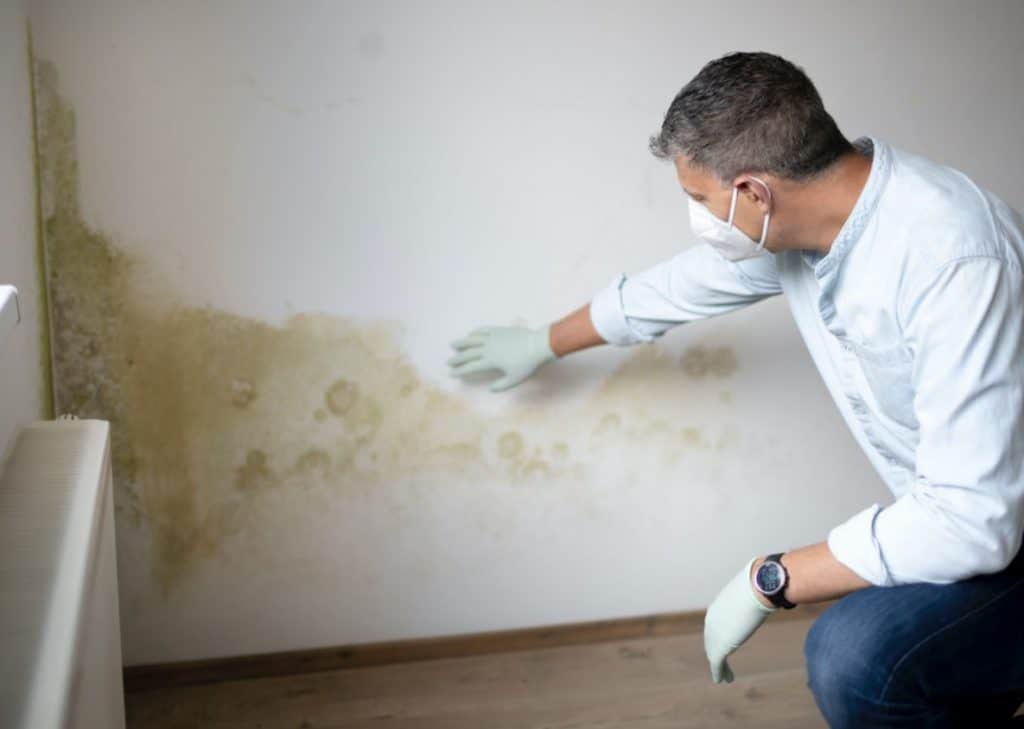How Often You Should Do Mold Testing

Protecting your indoor air and your health requires that you determine how often mold testing atlanta should be performed. Over time, mold growth may go undetected, posing health risks and causing property damage. In order to identify mold problems early and take corrective action, routine testing is required.
In this article, we will delve into what criteria should be considered when determining how often to test for mold and offer helpful advice for doing so. If you know how often you should have mold tested, you can make your home or place of business safer for yourself & your loved ones.
1. Visible Signs of Mold:
If you can smell mold or see mold growing in your house, you have a serious problem that has to be dealt with right away. Damage from mold increases rapidly, if it is allowed to grow unchecked.
2. Water Damage or Flooding:
For older homes, the need for regular mold testing becomes even more critical. These homes often have foundation problems in old homes, such as cracks or poor drainage, which can lead to increased moisture levels and subsequently higher risks of mold growth. Addressing these foundation issues can mitigate some of the moisture problems, but consistent mold testing remains essential to catch any issues that arise due to the home’s age and inherent vulnerabilities.
Moisture under a house is one of the prime contributors to mold growth. Therefore, it’s crucial to monitor and manage moisture levels regularly, especially in areas prone to flooding or water leakage. Regular inspections for moisture under your house can help prevent mold infestations and maintain a healthy indoor environment. If your house has been flooded or has undergone water damage, you should do a mold inspection as soon as possible. After being exposed to water, mold can begin to grow in as little as 24 hours.
Interior drain tile installation can be a proactive measure to manage moisture levels and prevent mold growth. By directing water away from your home’s foundation, this installation helps mitigate moisture problems that can lead to mold. Regular maintenance of these systems ensures they function effectively, providing an added layer of protection against potential mold issues.
3. Health Issues:
If you or a member of your family has persistent, unexplained health problems like asthma, allergies or other respiratory difficulties, mold exposure may be to blame.
4. Regular Maintenance:
Even in the absence of visible mold growth, it is important to incorporate mold inspection as part of your normal maintenance routine in order to ensure the health of your house. You may want to do this once a year or twice a year depending on the weather where you live.
5. Purchasing or Selling a Home:
A mold inspection is a good idea before purchasing or selling a home to make sure there are not any hidden issues.
6. Sick Building Syndrome:
When people in a building start getting sick for no apparent reason, it’s called sick building syndrome. Indoor air quality and mold growth may be at the root of the so-called “sick building syndrome,” thus it’s important to investigate any suspicions.
7. Prevention in Key:
Preventing mold growth in the first area is the most effective method of dealing with it. Maintain low relative humidity levels (between 30 and 50 percent), quickly address leaks, provide enough ventilation, and install exhaust fans in damp areas like the bathroom and kitchen.
8. Locate Trouble Spots:
Basements, crawlspaces and any other areas with inadequate ventilation are prime locations for mold growth, so it’s important to be proactive and locate these spots before they become a problem.
9. Keep an Eye on the Humidity:
You should make use of a hygrometer to perform routine checks on the humidity level in the house to ensure that it remains within the acceptable range at all times.
10. Water Damage:
Water damage can lead to significant problems if not dealt with swiftly. One effective solution is basement waterproofing, which helps in preventing water intrusion that can compromise your home’s structural integrity and lead to costly repairs in the future. Cleaned Up and Dried Out to avoid mold formation, any water damage should be cleaned and dried completely within 24 to 48 hours.
11. Mold and Porous Materials:
Be wary of using porous materials (such as carpet or upholstery) in damp locations, as they may attract and absorb moisture. Crawl Space Moisture Control is crucial in preventing mold growth in your home. Regular mold testing is essential to ensure your indoor air quality remains healthy. Mold can proliferate quickly in moist environments, posing risks to both your property and health.
12. Seek Professional Help:
Consider hiring expert mold remediation services if the mold problem is extensive or if you just don’t know how to handle it. They have the training and tools necessary to deal with mold problems in a responsible and secure manner.
13. Educate Yourself in Mold:
Learn as much as you can about mold and how to protect yourself from it, find it, and get rid of it. In order to manage mold issues earlier and more successfully, it is important to recognize the symptoms of mold growth & know what steps to take.






